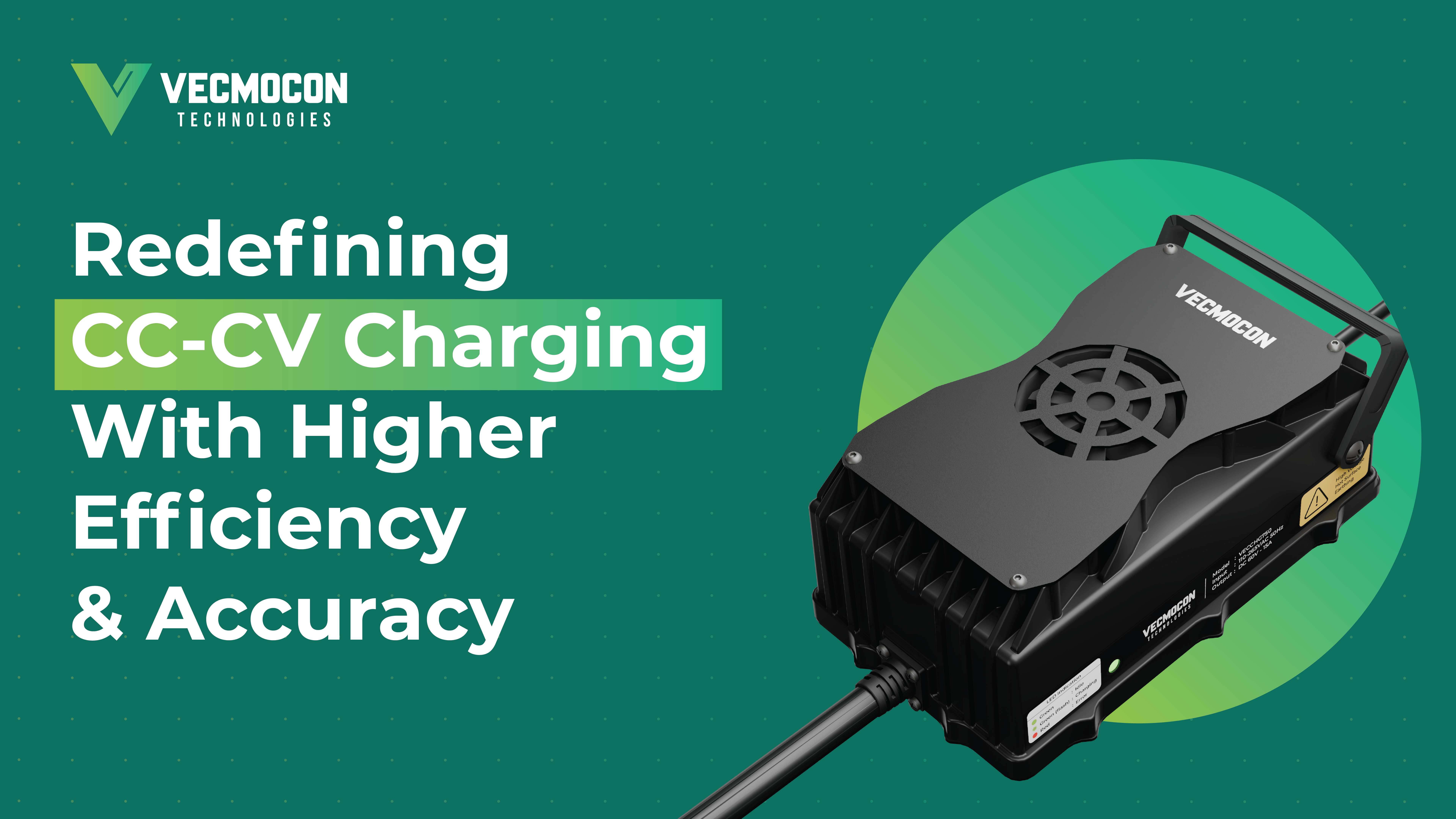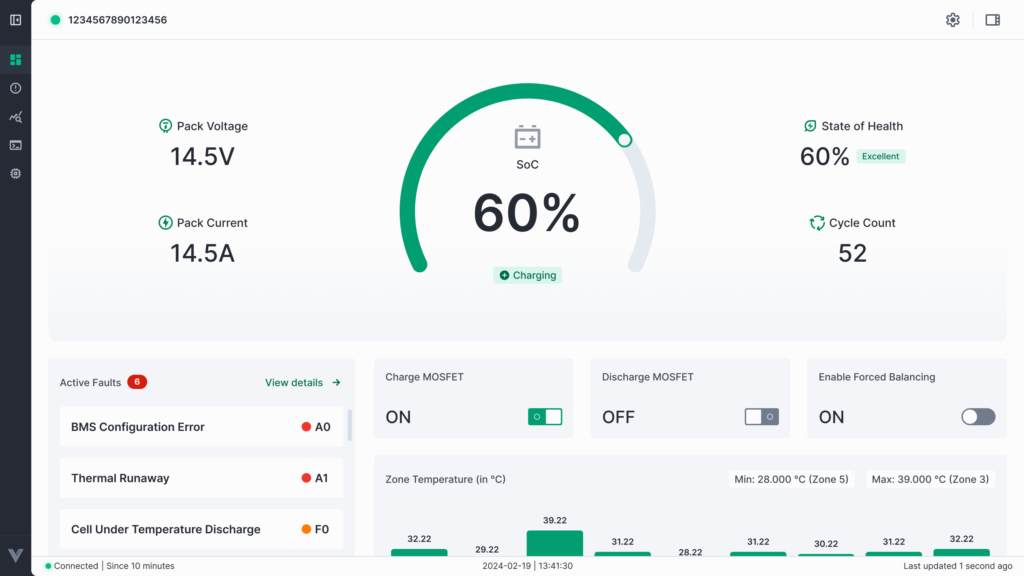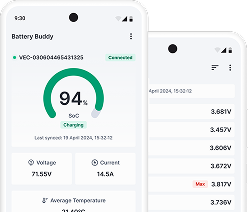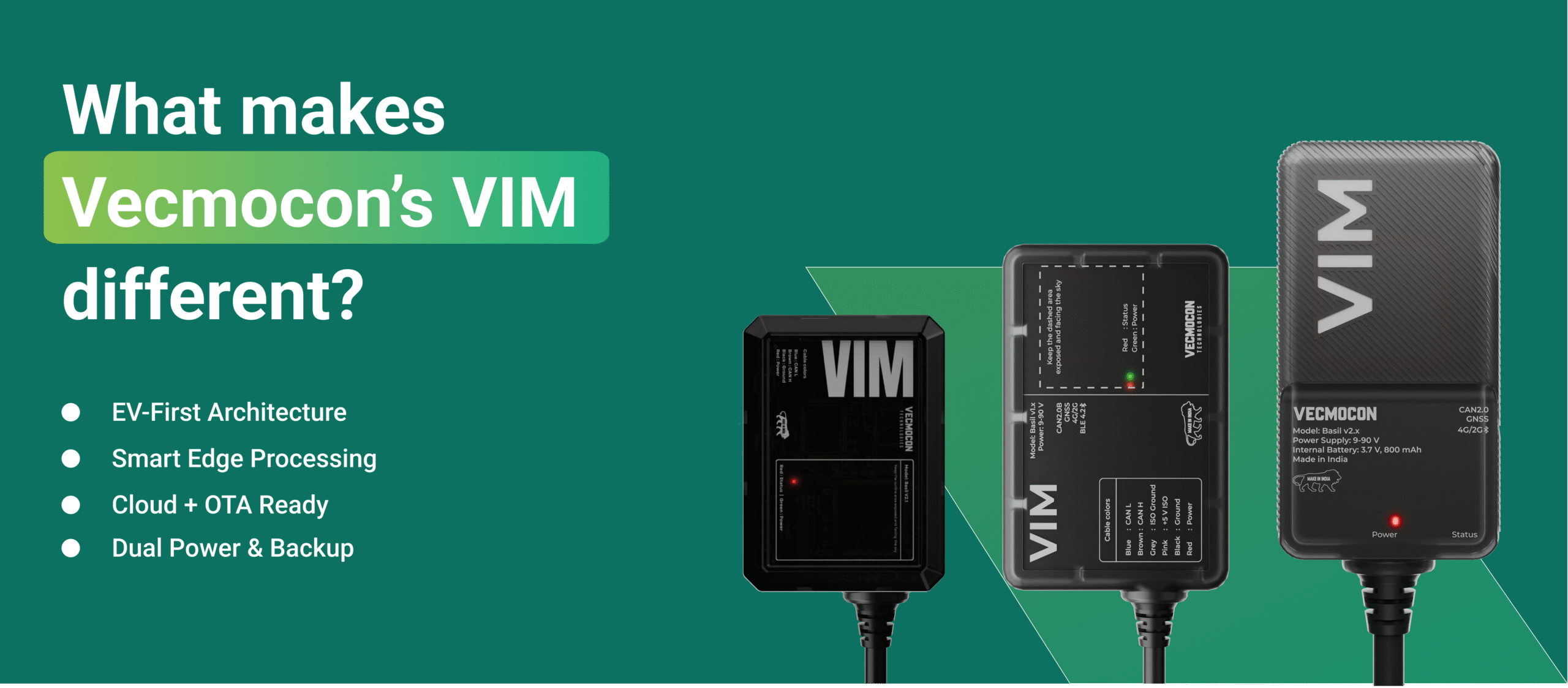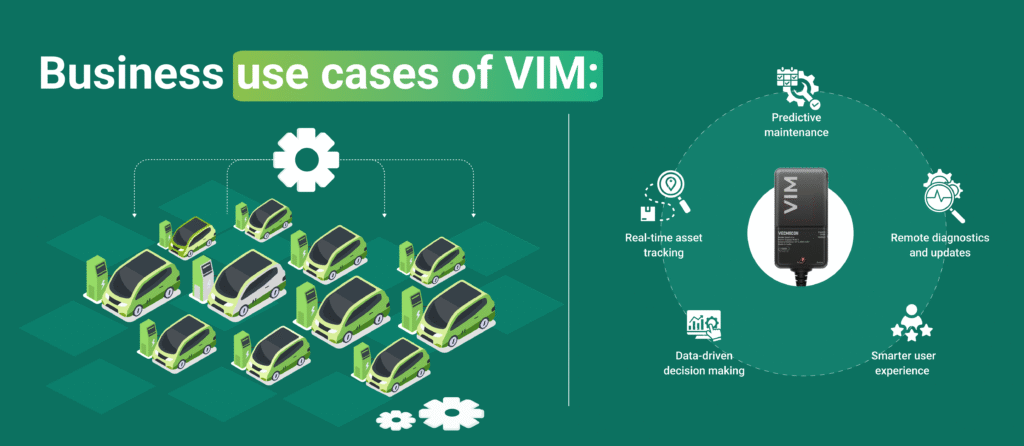Role of IOT in an EV and how it works:
If we see it mechanically, it’s a little device that sits inside the vehicle (mostly on top of the battery pack) to do the following tasks:
- Send vehicle-level data to the cloud
- Store critical vehicle data if cloud connectivity is not possible
- Enable GPS connectivity
- Real-time decision making or Edge computing
Here’s how it works,
Microcontroller unit (MCU): It’s the most fundamental part of an IOT device.
It acts as the brain of the IoT device. It receives signals from various sensors, processes the data, and determines the actions to take or the information to send to the cloud. The MCU also executes the firmware, the embedded software that defines how the IOT device behaves in different conditions.
Communication module: It handles how the device connects to external networks. This could include GSM, 4G LTE, or even 5G connectivity. Through this, the IoT device sends live vehicle data such as speed, battery health, and motor status to the cloud servers. It also receives commands or software updates remotely, allowing two-way communication between the vehicle and backend systems.
GPS module: This continuously tracks the vehicle’s location, speed, angle, axis, etc., enabling fleet operators or OEMs to monitor vehicle movement in real-time. It can also support functions like geofencing, route optimisation, or theft prevention.
CAN communication interface: the link between the IoT device and the vehicle’s other electronic systems. Through the Controller Area Network (CAN) bus, the IOT device exchanges information with the BMS, motor controller, charger, and dashboard cluster. This enables it to collect data, such as battery voltage, current, temperature, or fault codes, directly from each subsystem.
Power management circuit, which ensures the IoT device gets a stable and noise-free power supply, is usually derived from the vehicle’s low-voltage auxiliary line. It manages startup sequences, protects against voltage spikes, and maintains energy efficiency.
Together, these components form a smart and self-sufficient system. When a sensor detects a change, a rise in battery temperature, the MCU processes this data and decides whether to alert the cloud or take immediate action locally through edge computing. The communication module then sends the relevant information to the backend, where analytics platforms can interpret trends or flag anomalies.


